Conflict between landlords and tenants over repairs can easily be avoided if each party knows who is responsible for fixing what. Some tenants mistakenly believe the landlord is responsible for fixing most problems because it’s their property. Unscrupulous landlords, on the other hand, may deliberately ignore problems and hope the tenant will sort it out themselves.
When a battle over who fixes what occurs, the situation can become strained. For tenants, it’s frustrating to live in a home where a serious defect or hazard is affecting their daily life, comfort levels, or threatens their health. For landlords, tenants who are not taking care of their property is also a cause for concern.
When it comes to rental properties, both the landlord and tenant share responsibilities. Here’s a guide to who is responsible for what when it comes to the maintenance and repairs of rental property.
Preparing a property for rental
If you own a rental property, you are responsible for ensuring the property is habitable before putting tenants into it. This means making sure the electrical, plumbing, gas, and HVAC systems are in good working condition and fixing any broken appliances. You need to make sure the structure is sound and safe to live in and meets all city building and health codes.
Landlord vs Tenant: Who Fixes What?
Once a rental unit is occupied, clear lines of responsibility between landlord and tenant exists to keep the property in good condition. Here’s what each one is responsible for.
Landlord responsibilities
In most U.S. states, an “implied warranty of habitability” exists that legally requires landlords to maintain a rental property so that it is fit for human occupation. Check your local laws as they vary slightly from state to state, and even city to city.
To keep a rental property habitable, the landlord is responsible for:
- Repairing any defects like a faulty hot water heater, broken furnace, electrical faults, plumbing issues, and gas or water leaks.
- Replace or repair smoke and carbon monoxide detectors.
- Eliminating mold. Mold can cause health problems and exacerbate allergies and asthma. If toxic black mold is present, tenants can sue their landlord for any health problems linked to the mold problem.
- Keeping the property free of pest infestation. Pests are a nuisance but they can also cause damage to property and be a health hazard.
- Safeguarding properties against inclement weather. In high rainfall areas, landlords should insulate doors and windows and waterproof roofs. In hurricane-prone areas, landlords should ensure the property is reinforced to protect against hurricane damage.
As a landlord, if you fail to perform maintenance and repairs, you will be liable for any injuries to tenants resulting from a defect that either wasn’t repaired or was repaired ineffectively.
What the tenant is responsible for
Some tenants take a lax attitude when it comes to looking after a rental property. They feel that because the property is not theirs they don’t need to maintain it. However, there are certain things tenants are responsible for. These include:
- Keeping the property clean and disposing of trash regularly to avoid attracting pests. A pest problem caused by the tenant’s poor hygiene habits or lack of cleanliness is the tenants responsibility, not the landlord’s.
- Keeping the yard and garden maintained, if it’s a requirement in the lease agreement.
- Repairing damage as a result of deliberate or negligent acts done by the tenant.
- In apartment rentals, tenants may also be liable for fixing damage to a neighbor’s apartment that was caused by a problem in their apartment. For example, flooding that seeps into the apartment below causing damage or paying for the medical expenses of a neighbor that is injured as a result of an explosion or fire that started in the tenant’s apartment. It’s always advisable that tenants take out renters insurance that will cover these types of incidents.
To find a responsible tenant, landlords can use a tenant screening service. It can avoid nasty conflicts, property damage, and costly legal fees to evict a problem tenant.
What recourse do tenants have if landlords don’t do repairs?
If a tenant has tried withholding rent and the landlord still refuses to fix dangerous building issues or appliance defects, the tenant can report him or her to the local authorities. Report building code violations to the local building, housing, or fire department. Pest infestations can be reported to the health department. The other option is to hire a lawyer that has experience in landlord/tenant disputes. If all else fails, you can choose to fix the problem yourself or move out.
How to avoid misunderstandings around maintenance and repairs
The best way to avoid misunderstandings is to clearly express expectations upfront.
- Landlords should meet with their tenants and go over the expectations when signing the lease. Specify each party’s responsibilities in the lease agreement. Some landlords also provide a handout that lays out the tenant’s responsibilities as part of their welcome package.
- Make sure the tenant understands that they will lose their security deposit should the property not be returned in the same habitable condition as when they moved in.
The onus is on landlords to clearly communicate with tenants and draw up a detailed lease agreement. When all parties understand what is expected, repairs and maintenance issues should be easily resolved.

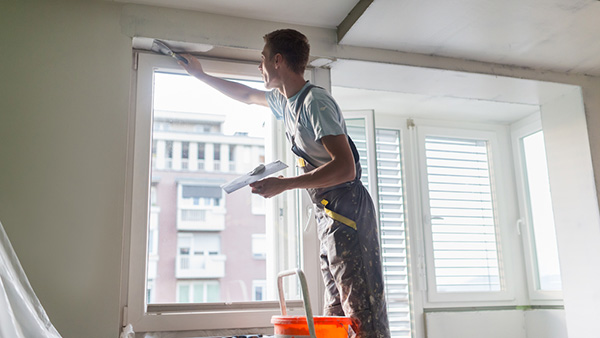


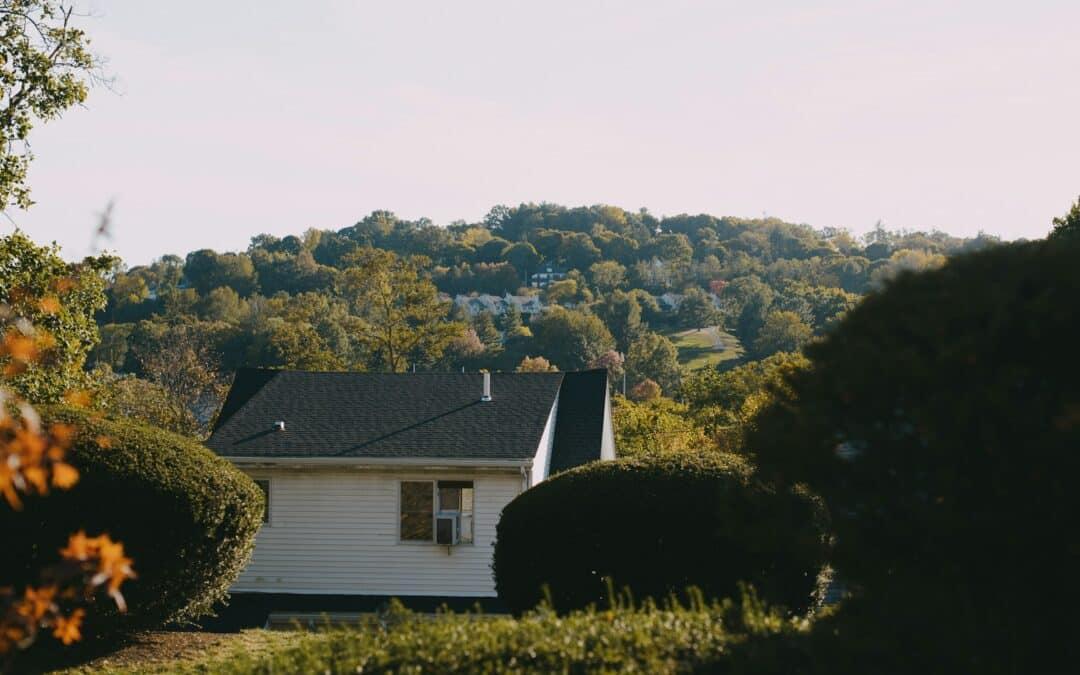

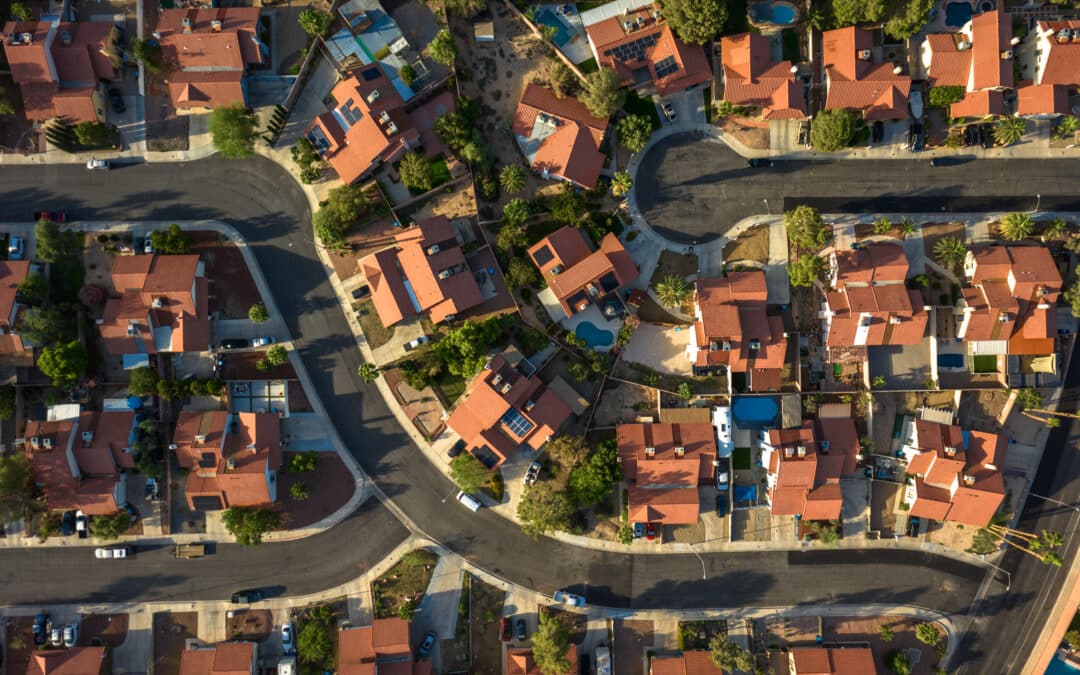


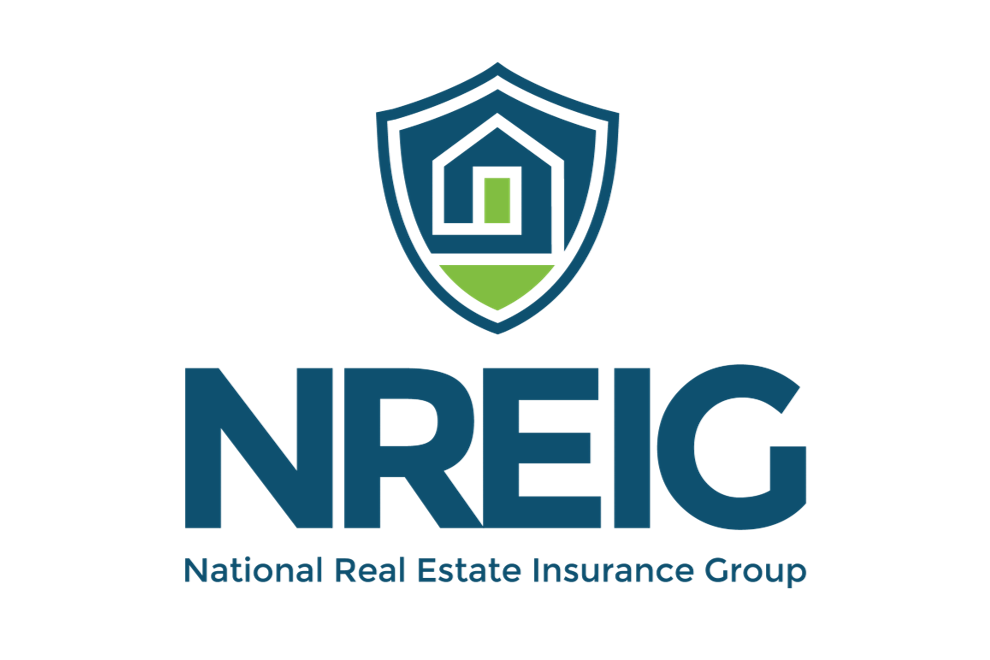


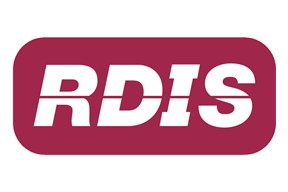
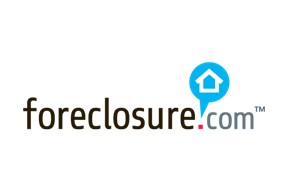
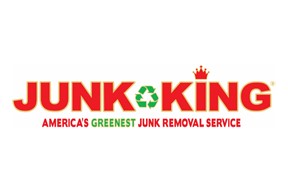

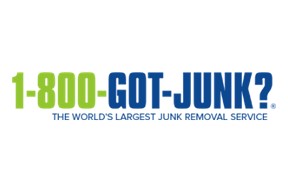

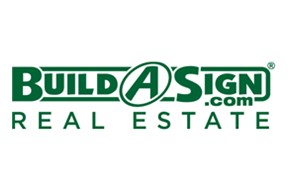


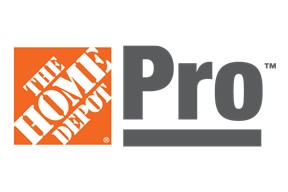

0 Comments